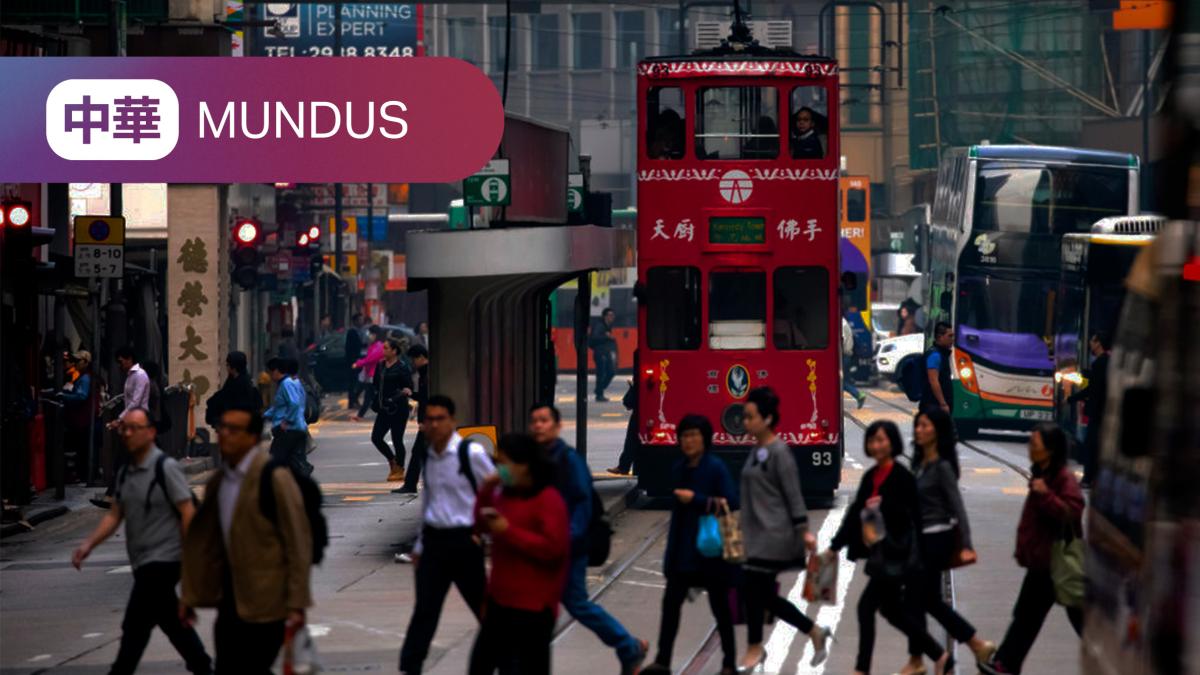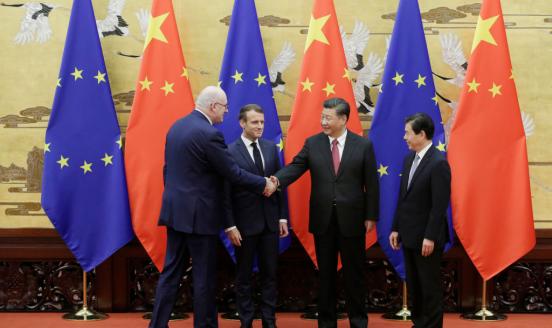China's growing and complex economic relationship with the Gulf States


There has been a transformative shift in the economic relationship between China and the Gulf States over the past decade, with far-reaching implications for trade, business and politics being observed. Trade between China and the Gulf countries has doubled from approximately $90 billion to $180 billion between 2010 and 2021, according to the IMF. While trade is more balanced between the two compared to other parts of the world, thanks to China’s insatiable thirst for energy, it is obviously much more concentrated for the Gulf than it is for China.
As the process of decarbonisation advances in China, one might wonder how much more unbalanced this relationship might become. Gulf states are very aware of this risk and working hard to minimise any potential fallout. With China’s help, the Gulf states are stepping up their efforts towards green energy. They are also stepping up their strategic investments in Chinese companies. All of this means that the relationship between the two countries is more strategic than ever.
One key turning point in the relationship between the Gulf and China was the Arab Spring protests in 2011. The Gulf States adopted a more activist and interventionist approach in the region to minimise the risk of social unrest spreading further. It used the incident as a golden opportunity for Gulf states to increase their economic and political influence at a time when there was both heightened competition with Iran and a spread of Islamic terrorism in the Middle East and Africa. Against such a backdrop, Gulf States deployed large amounts of aid and investment across the wider Middle East, North Africa, the Horn of Africa and Pakistan. This period coincided with China's launch of the Belt and Road Initiative in 2013 and thus began the expansion of its economic statecraft in the developing world.
The strategic location of the Horn of Africa and its importance as a thoroughfare for trade between the Gulf states and West Asia led to mutual interests between China and the Gulf states in this region. There was some caution from the Gulf States, however, as it was still under the security umbrella of the US and keen to keep their regional influence. The economic boom that the Gulf states experienced between 2003 and 2014 helped their push, thanks to high oil prices, as well as the build-up of large sovereign wealth funds, which were increasingly exposed to Chinese companies, particularly in the tech and e-commerce space.
During the same period, China's energy demand skyrocketed, and this solidified the links between the Gulf and China. Two major question marks remain: China-Iran relations as well as China-Russia relations. For the former, China’s huge investment in Pakistan (estimated at over $40 billion) to develop both the China-Pakistan Economic Corridor and the port of Gwadar were perceived as an important step to increase exchanges between China and Iran through a new trade route. As for Russia, the annexation of Crimea pushed Russia towards a ‘Go East’ strategy, solidified by the construction of an Eastern gas pipeline, namely ‘Power of Siberia I’. Russia’s invasion of Ukraine constituted another key step in Russia becoming the largest provider of energy to China, displacing Saudi Arabia. This was surely an important factor behind Saudi’s keen interest to pursue a strategic cooperation agreement with China which was finalised during President Xi’s visit to Saudi in December 2022, exactly when China announced the official abandonment of its zero-Covid policy.
Since then, several cooperation agreements have been signed including large investments on the green energy space. The latest occurred on 12 June when Saudi signed a $5.6 billion deal with electric vehicle maker Human Horizons. In the same vein, China has been pushing the use of the RMB for trade with the Gulf. The United Arab Emirates had already been among the first to sign a Memorandum of Understanding for the use of the Chinese central bank digital currency before Covid struck the world. More recently, Saudi agreed to allow settlement of oil exports to China in yuan but there is no evidence of a major shift so far. The fact that currencies in the Gulf are pegged to the USD makes it difficult to switch the bulk of oil imports from China - Saudi’s largest client - to RMB.
While many questions remain (from the US security umbrella to Iran’s threat and the reserve status of the USD), it is clear that economic relations between China and the Gulf have expanded. Beyond energy trade, Gulf sovereign wealth funds are used for co-investment into Chinese companies and into Saudi Arabia, especially for the development of green energy, fostering the use of the RMB. How these growing relations may evolve will very much depend on security considerations in the region, especially as regards bilateral relations between Iran and Saudi, but also the strength of the Chinese economy in the future.
ZhōngHuá Mundus is a newsletter by Bruegel, bringing you monthly analysis of China in the world, as seen from Europe.
This is an output of China Horizons, Bruegel's contribution in the project Dealing with a resurgent China (DWARC). This project has received funding from the European Union’s HORIZON Research and Innovation Actions under grant agreement No. 101061700.




